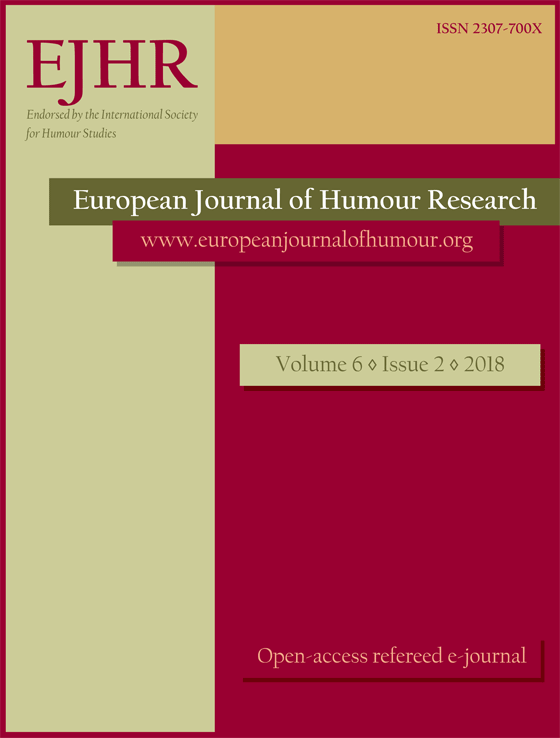Election campaign tools in Hungarian humour magazines in the second half of the 19th century
Election campaign tools in Hungarian humour magazines in the second half of the 19th century
Author(s): Ágnes TamásSubject(s): Politics / Political Sciences, Anthropology, Social Sciences, Language and Literature Studies, Media studies, Theoretical Linguistics, Applied Linguistics, Political Theory, Communication studies, Sociology, Pragmatics, Sociolinguistics, Descriptive linguistics, Politics and communication, Politics and society, Stylistics
Published by: Krakowskie Towarzystwo Popularyzowania Wiedzy o Komunikacji Językowej Tertium
Keywords: election campaign methods; Hungarian humour magazines; Austro-Hungarian Compromise;
Summary/Abstract: In my research paper I examine the first two election campaigns in Hungary following the Austro-Hungarian Compromise (1867). In particular, I analyse the ways the campaigns employed tools of humour in popular press products of the time, such as caricatures and texts in humour magazines (Ludas Matyi [‘Mattie the Goose-Boy’], Az Üstökös [‘The Comet’], Borsszem Jankó [‘Johnny Peppercorn’]), which were considered effective political weapons by contemporaries. After a history-oriented introduction devoted to illustrating the muchdebated content of the Compromise, the election system and the historical significance of the analysed papers, I categorize caricatures and the humorous or satirical texts related to the election of parliamentarians along the lines of the following aspects: (1) attacks against specific people, (2) standing up against the principles and political symbols of the opponent, (3) listing well-known, everyday anti-theses, (4) standing up against the press of the opponent, (5) judgment of the role of the Jewish, (6) war metaphors, (7) critique of the campaign methods of the opponent. My goal is to reveal what tools were used to ridicule political opponents, how parties were described to (potential) voters, how the parties tried to promote voting and convince people of their points of view. The analysed texts clearly depict the division of the Hungarian society (either supporting or rejecting the Compromise), and also document that the political tones became coarser and coarser, even in this humorous genre. During campaigns, the topic of elections took over the humour magazines, which serves as evidence for the intensity of public interest.
Journal: The European Journal of Humour Research
- Issue Year: 6/2018
- Issue No: 2
- Page Range: 40-59
- Page Count: 20
- Language: English

